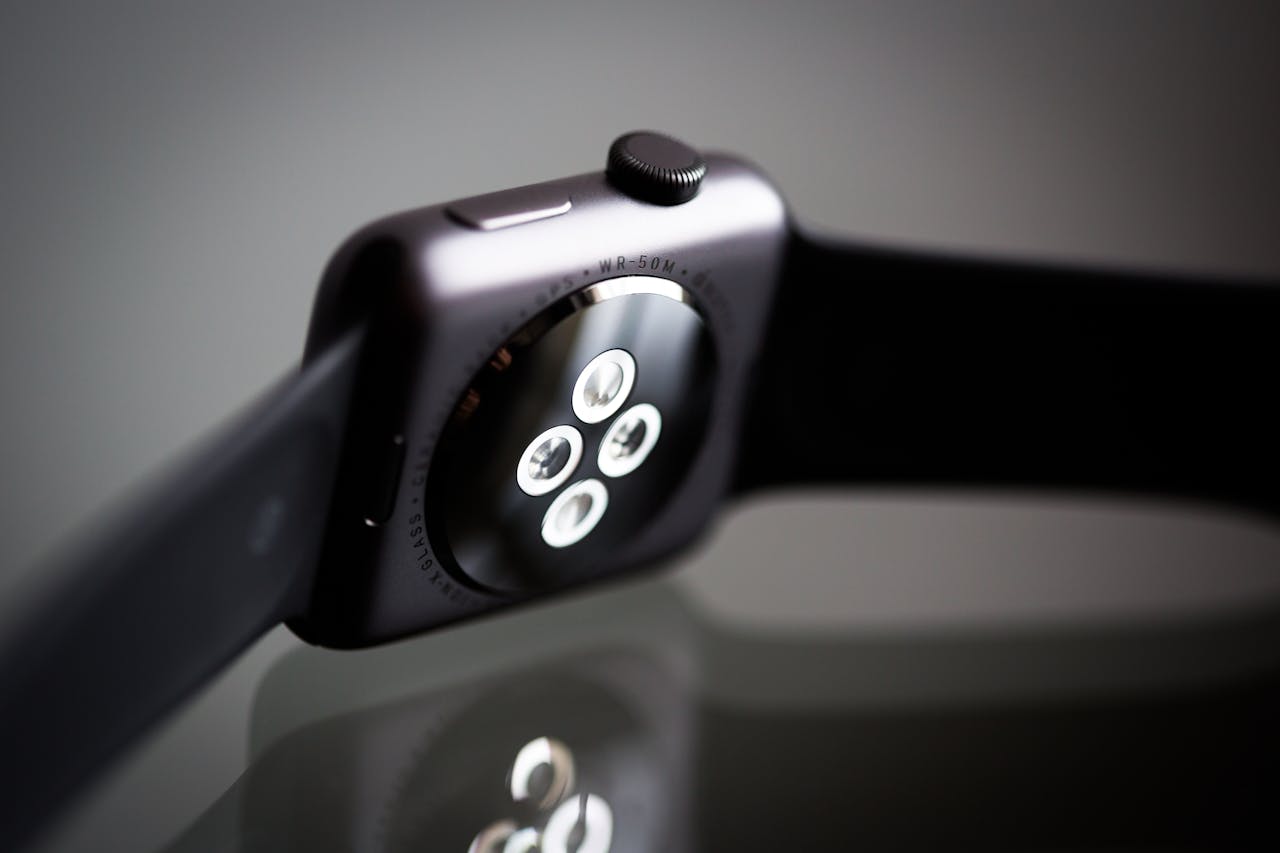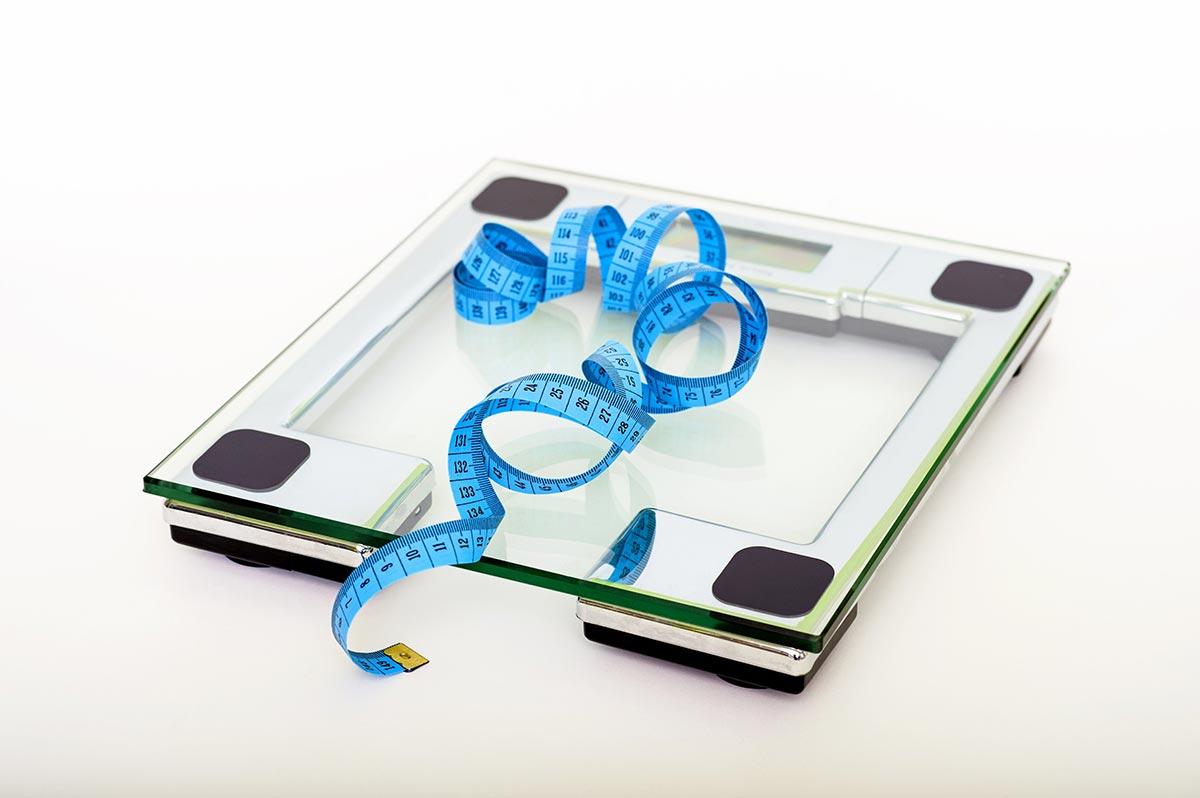Welcome to the Algorithm Gym
Remember the days when working out meant sweating it out with a stopwatch, a water bottle, and maybe a CD player strapped to your arm? Fast-forward to 2025, and fitness tech is no longer a gimmick—it’s your gym buddy, coach, sleep analyst, cardiologist, and sometimes therapist, all wrapped around your wrist. From WHOOP bands whispering about your heart rate variability to smart rings analyzing your REM cycles like an overzealous ex, wearable tech has infiltrated fitness—and it’s not leaving.
What Do Wearables Really Track?
More than steps. Modern devices monitor sleep quality, heart rate variability (HRV), skin temperature, respiratory rate, blood oxygen saturation, and even menstrual cycles. The Apple Watch, WHOOP, Garmin, and Oura Ring have pushed metrics from niche athlete corners into the mainstream. No longer are you guessing whether you’re overtrained; now your wrist tells you in a tone more passive-aggressive than your physical therapist.
The Science of Numbers: HRV and Recovery
HRV is the darling metric of biohackers and sports scientists alike. A 2021 Stanford study showed that consistent HRV tracking in elite athletes predicted recovery quality and injury risk with 78% accuracy. It reflects your autonomic nervous system’s balance—whether your body’s more 'fight or flight' or 'Netflix and repair'. That sleep score you ignored last week? It's actually a metabolic marker, as correlated with insulin sensitivity and inflammation levels in a 2022 meta-analysis in the Journal of Sports Science.
AI Coaches: Personalized or Paranoid?
AI fitness apps like Freeletics, Fitbod, and Future are no longer just glorified workout generators—they’re predictive, adaptive, and occasionally judgmental. They use machine learning to tweak your workout based on biometrics, past sessions, and goals. But here’s the twist: some of them now tell you when NOT to train. Yes, your digital coach will gently suggest a rest day because your HRV dropped and you didn’t get enough deep sleep. Welcome to the age of the empathetic algorithm.
Table: Comparison of Leading Fitness Wearables
| Device | Main Feature | Best For |
|---|---|---|
| Apple Watch | Ecosystem integration, ECG | iOS users, casual fitness |
| WHOOP | Strain, recovery, HRV | Athletes, recovery-focused |
| Oura Ring | Sleep, temperature | Sleep tracking, minimalism |
| Garmin Fenix | GPS, endurance metrics | Runners, hikers |
Data Dystopia: When Optimization Becomes Obsession
Let’s not pretend this is all roses and recovery. Enter orthosomnia: the condition where people lose sleep worrying about their sleep data. Sound ridiculous? Tell that to the 32% of wearable users who reported increased anxiety about their health after tracking themselves daily (Sleep Foundation, 2023). When every beat, breath, and blink is measured, the line between motivation and madness gets blurry.
Is AI Fair to Everyone?
Not quite. Most AI coaching algorithms are trained on datasets that underrepresent older adults, women, and people of color. A 2023 review in Medicine & Science in Sports & Exercise emphasized the risk of algorithmic bias in fitness AI. That means recommendations may be skewed toward "default" physiological norms. The result? Some users may be underserved—or worse, misadvised.
Wearables and the Ethics of Data
Your wristband knows more about your stress than your therapist. But who owns that knowledge? Apple claims your data stays encrypted. WHOOP assures you it’s only used for improvement. Meanwhile, 63% of Americans surveyed by Pew Research said they had “low confidence” in fitness companies keeping their health data private. Yet most keep wearing the devices. We’re tracking ourselves straight into a surveillance state—with abs.
The Market Doesn’t Lie: Fitness Tech Is Booming
According to Grand View Research, the global fitness tracker market size surpassed $55 billion in 2024 and is expected to grow 15% annually. Driving forces include post-COVID health awareness, increased interest in recovery science, and a rise in remote coaching subscriptions. Investors are betting big on wearable-based ecosystems. For the consumer? It’s a buffet of high-tech accountability and stylish paranoia.
Smart Isn’t Always Smarter
For all the hype, not every wearable user hits their goals. A University of Pittsburgh study showed only 21% of users maintained increased activity after 6 months. Why? Tech alone doesn’t change habits—behavioral context does. You still need willpower, routine, and probably fewer cookies. The best AI coach in the world still won’t do your burpees.
The Future: More Data, Less Dumbbells?
We’re heading toward full biometric ecosystems. Smart shirts. AI-assisted rehab. Microchip-enabled glucose monitors. While this sounds utopian—or Orwellian—it’s coming fast. But the gym won’t die. It will evolve. Expect more integration between devices and training environments: smart racks logging reps, treadmills adapting incline based on HRV. And yes, your wrist might soon argue with your fridge.
Should You Buy the Hype?
If you’re training for life—not just aesthetics—then yes, wearable tech can help. But don’t confuse data with wisdom. A high readiness score won’t squat the bar for you. Use these tools as guides, not gods. And if your smart ring tells you to rest on leg day… maybe ignore it. Some things should stay human.













